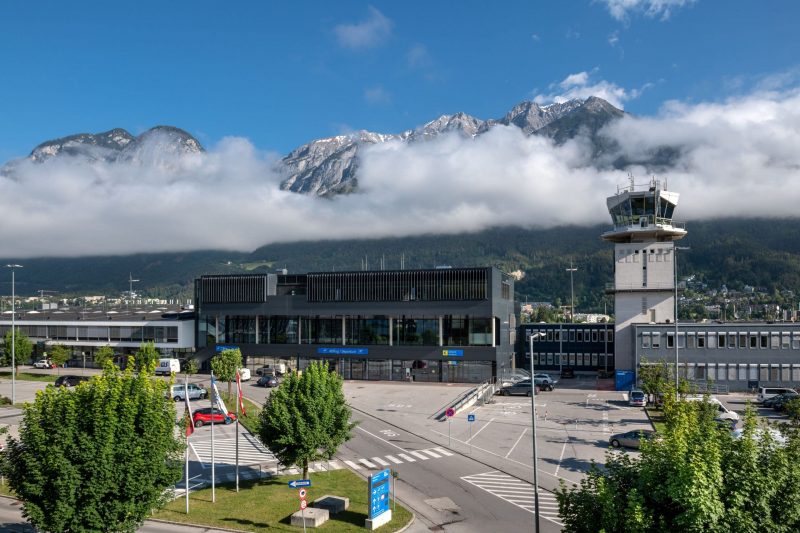The decision to operate the aviation weather service for the federal state airports centrally in Vienna-Schwechat in the future is met with resistance, especially at Innsbruck Airport. Austro Control, a federal company, plans to relocate the weather service from Innsbruck Airport in the middle of the year. This has raised concerns about safety, but previous initiatives to keep the weather service in Innsbruck have been rejected by Austro Control and the Climate Protection Ministry.
Nevertheless, the ÖVP National Councilor Hermann Gahr and the Innsbruck Municipal Companies (IKB), as the majority owner of the airport, are not giving up. They consulted experts and contacted the European Aviation Safety Agency (EASA) in Cologne. It is questioned whether the centralization of the weather service in Vienna-Schwechat meets the legal requirements.
The objectivity of the ministry in connection with centralization is also questioned. There are fears that the federal government's budgetary interests could affect aviation safety. Opponents of centralization emphasize that the special meteorological conditions at Innsbruck Airport require precise knowledge of local conditions and experience.
Hermann Gahr is urging Climate Protection Minister Leonore Gewessler to change her mind. He argues that moving the weather service to Vienna-Schwechat would worsen the forecasts. The special features of Innsbruck Airport, such as its location in the mountains and the special arrival and departure procedures, require precise weather forecasts for flight safety.
Gahr emphasizes the importance of safety for air traffic and the city of Innsbruck. He is convinced that without accurate weather forecasts the airport would lose safety and acceptance. It calls for modern technology and an experienced team of weather experts at Innsbruck Airport to create forecasts and ensure safety.







 trail (for them it's free to use)
trail (for them it's free to use)
Comment